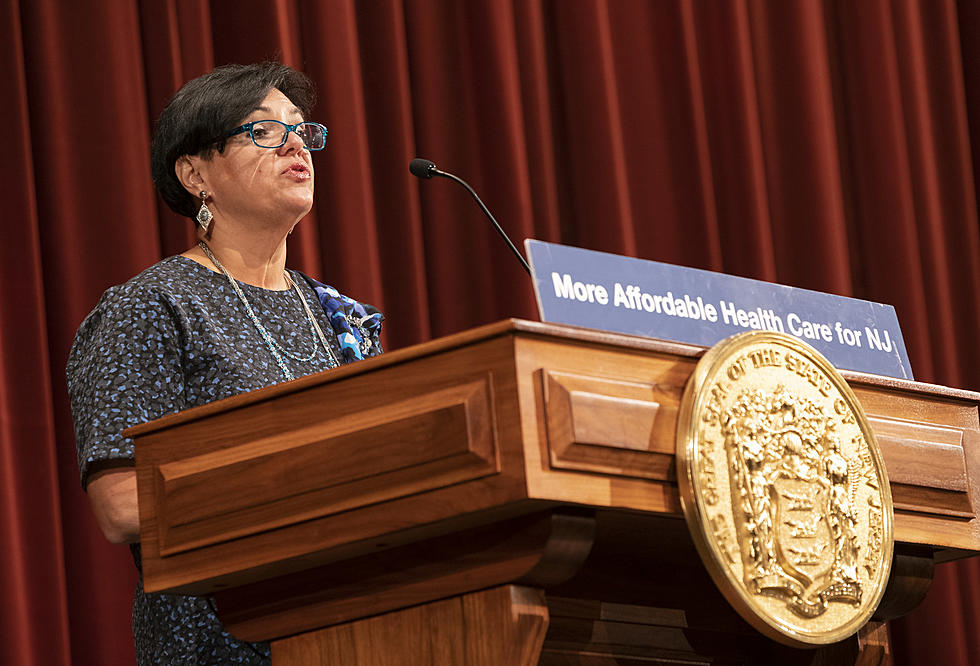
New health chief moves to put stamp on overhaul
WASHINGTON (AP) -- Aiming to avoid more insurance chaos this fall, the nation's new health care chief announced Friday she's revamping the management of President Barack Obama's health overhaul.
Health and Human Services Secretary Sylvia Burwell appointed a new high-level operations manager within the department. Separately, she's hiring both a CEO and a technology leader to specifically handle the insurance overhaul. The CEO would take concerns directly to Burwell.
Taken together, the moves will "further instill ongoing accountability for reaching milestones, measuring results and delivering results for the American people," Burwell said in a statement.
"This is a good move that should have occurred two years ago," said Robert Laszewski, a health industry consultant often critical of Obama's overhaul.
Hiring a CEO for the insurance expansion had been strongly urged by the Center for American Progress, a think tank with close ties to the White House.
The administration has signed up 8 million people in the law's new insurance markets offering subsidized private plans. But last fall's rollout of HealthCare.gov was paralyzed by technology problems, creating a major political embarrassment for the White House.
A rescue mission led by management consultant Jeff Zients got the website working reasonably well by the end of November. But Zients reported that his team found hundreds of software bugs and insufficient computing equipment. He also blamed "inadequate management oversight" that got in the way of identifying and fixing problems.
The new HHS operations manager appointed by Burwell on Friday is a contractor executive who worked closely with Zients to turn the website around. Andy Slavitt is a vice president of Optum, a technology company whose subsidiary built the one part of HealthCare.gov said to have worked well - a federal data hub that helps verify the personal information of people applying for health insurance. Optum is owned by UnitedHealth, the nation's largest insurer.
In his new role, Slavitt will oversee operational issues involving all the major HHS programs, including Medicare, Medicaid and the Children's Health Insurance Program. Until the new overhaul CEO and technology leader are in place, Slavitt will keep a particularly close eye on preparations for the insurance overhaul's next open enrollment season.
That starts Nov. 15, only five months away. There's still a lot of work to be done, and the feds will be taking responsibility for a bigger number of states.
Among the issues facing Burwell and her department:
- AUTOMATIC RE-ENROLLMENT. If you're happy with your HealthCare.gov plan, and you don't have changes in income or family status, can you just check a box and keep everything the same for 2015? Because of the complexity of the law, it may not be as easy. If those already enrolled have to complete another cumbersome application, it could jam the website and call centers at a time when millions of first-timers will also be trying to sign up.
- E-COMMERCE 101. HealthCare.gov got low marks for customer friendliness during 2014's open enrollment. Many consumers had a hard time finding out whether their doctors and hospitals participated in a particular plan, or whether their medications were covered. Consumer groups are clamoring for improvements.
- "BACK ROOM" PROBLEMS. Many of the glitches affecting the consumer part of HealthCare.gov got straightened out, but insurers say they still face numerous technology issues. There's no streamlined process for consumers to report life changes, no automated system for paying premium subsidies to the plans.
- MEDICAID. Originally, the federal website was supposed to automatically transfer details on low-income people eligible for Medicaid to their state program. But more work was needed, and a backup system is still in use while technical issues between the feds and the states get tackled.
More From New Jersey 101.5 FM









